Why does humidity appear around light fixtures?
After a hot shower, steam rises to the ceiling, settles on the wall light above the mirror, and seeks out any cooler surface to condense. In a kitchen, cooking steam mixes with grease and creates a sticky film that traps moisture.
In a poorly ventilated hallway or a cool basement, thermal bridges further exacerbate the phenomenon. The result: rings on ceiling lights, tarnished screws, blackening joints around wall light bases, not to mention fabric lampshades that retain a musty odor.
Lighting warms the ambient air, then turning off the lamps causes rapid cooling, which encourages condensation. The key to long-lasting lighting in these rooms is controlling humidity as much as choosing the right lighting fixture.
Risks for your pendant lights, wall lights and lampshades
Beyond the visual aspect, humidity weakens finishes. Unprotected metals pit, wood and rattan warp, and paint blisters. The blackish stains that appear around wall plates and on ceilings near light points are often mold, especially when the room lacks ventilation.
They settle on the support, then spread to textile accessories like cords, ribbons and lampshades. Safety is also important: electrical connections exposed to a humid atmosphere age more quickly and require regular inspection by a professional.
Before undertaking any light fixture replacement, it is best to clean the immediate environment, treat surfaces and remove mold from nearby walls, joints and ceilings to prevent the stains from returning quickly.
Choose durable lighting fixtures and locations
A good selection is half the battle. In humid rooms, choose models designed for these conditions, place them away from sources of steam, and combine style, safety, and easy maintenance.
Bathrooms and kitchens: think IP44 and above
In the bathroom, consider the safety zones around the shower or bathtub and opt for a minimum IP44 rating, and IP65 in areas exposed to splashes. Waterproof ceiling lights limit condensation inside the diffuser.
In the kitchen, a pendant light above the island or table works better than a fabric shade near the hob. Add an efficient extractor fan and, if possible, a VMC or timed extractor fan that continues to run for a few minutes after the lights go out.
Materials and lampshades to choose from
Glass is easy to clean, metal painted with a quality varnish is splash-resistant, brushed brass finishes require regular wiping to avoid streaks.
In humid rooms, avoid thick fabrics, paper, and untreated natural fibers. Opt for lampshades made of polycarbonate, perforated metal, or opal glass, which diffuse a soft light while remaining easy to maintain. If you prefer wood or rattan, keep them for the living room or bedroom, away from sources of moisture.
Daily maintenance and preventive actions
Prevention relies on three pillars: limiting steam, improving air circulation and establishing a gentle cleaning routine for lighting and its surroundings.
Ventilate and dehumidify
Open the windows for a few minutes after a shower, let the extractor fan run, and in winter, avoid large temperature fluctuations that promote condensation. A small portable dehumidifier can help in a blind hallway or laundry room.
Direct airflows so they do not blow directly onto a suspension, which displaces the vapor without treating it.
Lighting without heating
Modern LEDs produce very little heat and reduce the thermal yo-yo effect that causes condensation around light fixtures. Replace old halogens with high-quality LEDs with pleasant color rendering for bathrooms and kitchens.
If a diffuser is enclosed, make sure it is LED-rated, with built-in ventilation to prevent moisture trapping.
Clean without damaging the lighting
Turn off the power before handling, let it cool, then carefully disassemble the diffuser. Wipe the glass with a slightly damp microfiber cloth and dry immediately.
For metal, use a soft cloth, not an abrasive sponge. The silicone seals around the wall plates can be cleaned with a mild solution, always testing on an inconspicuous area.
Rinse, dry, and wait until everything is completely dry before reassembling. In the kitchen, degrease regularly to prevent grease from retaining moisture and creating a sticky film on the light fixtures.
Small details that change everything
In the bathroom, install wall lights slightly above areas of high steam, and place the pendant light in the center of the room, away from direct jets. Choose plates that are well-grouted to the wall to prevent water from seeping in from behind.
On a ceiling light, check the condition of the gasket and replace it if necessary. A light monthly maintenance routine of five minutes is often enough to keep light fixtures looking pristine and prevent damp odors.
If stains reappear on the ceiling near a light point, look for the source of condensation and correct it rather than repainting too quickly.




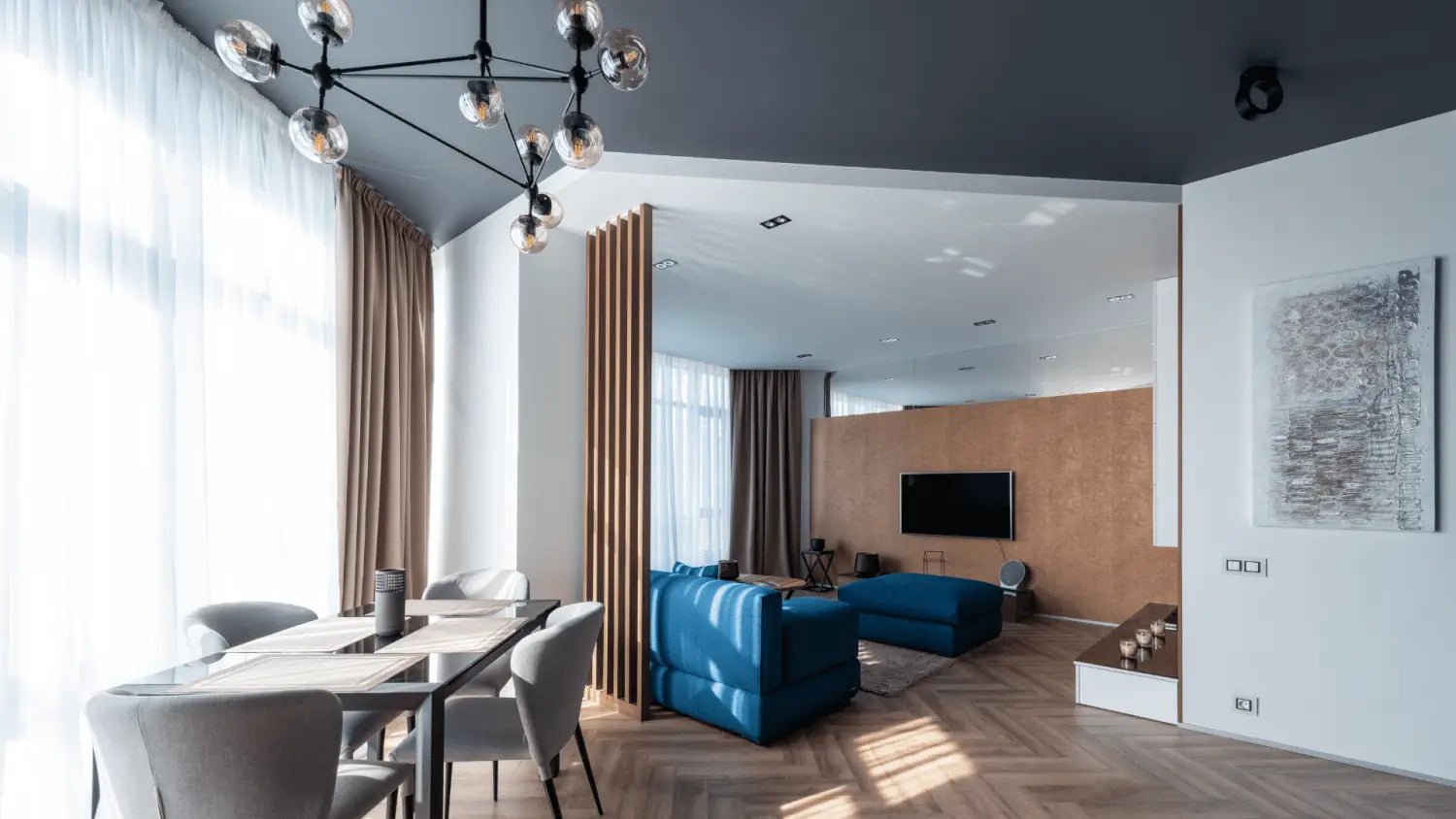
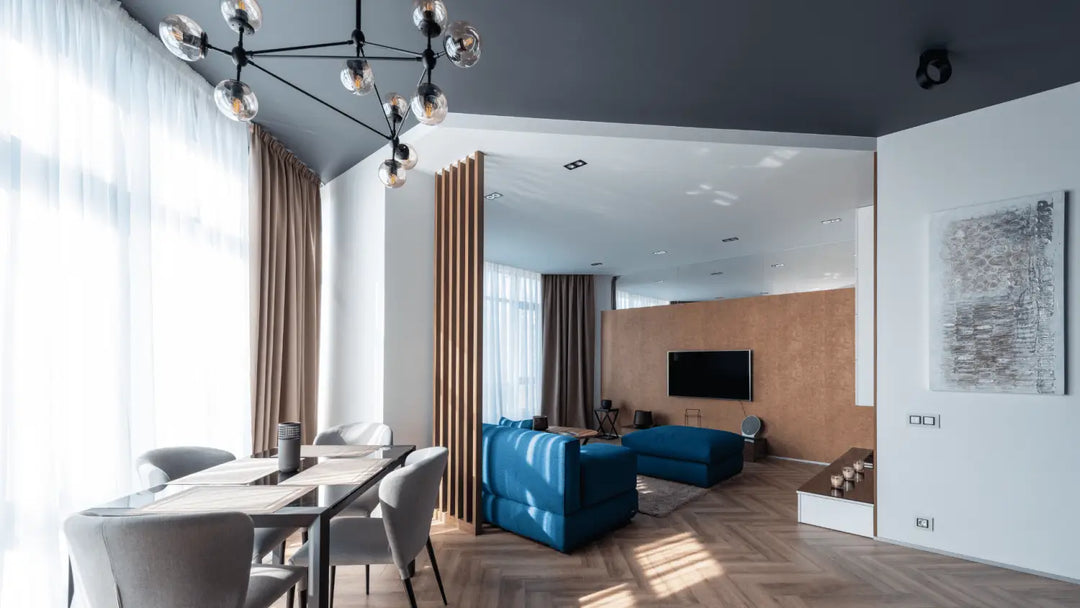
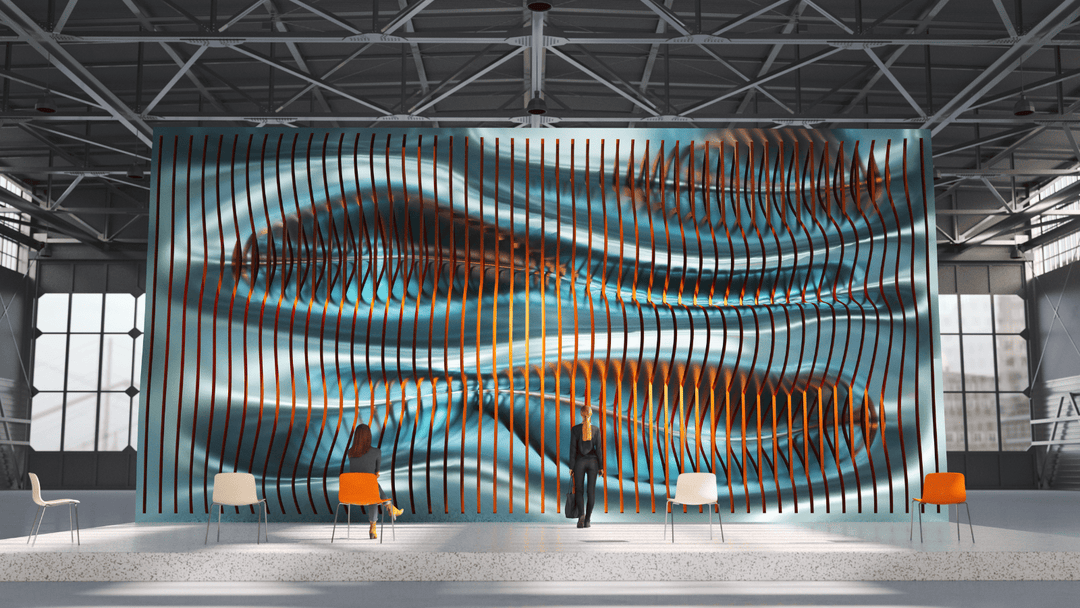
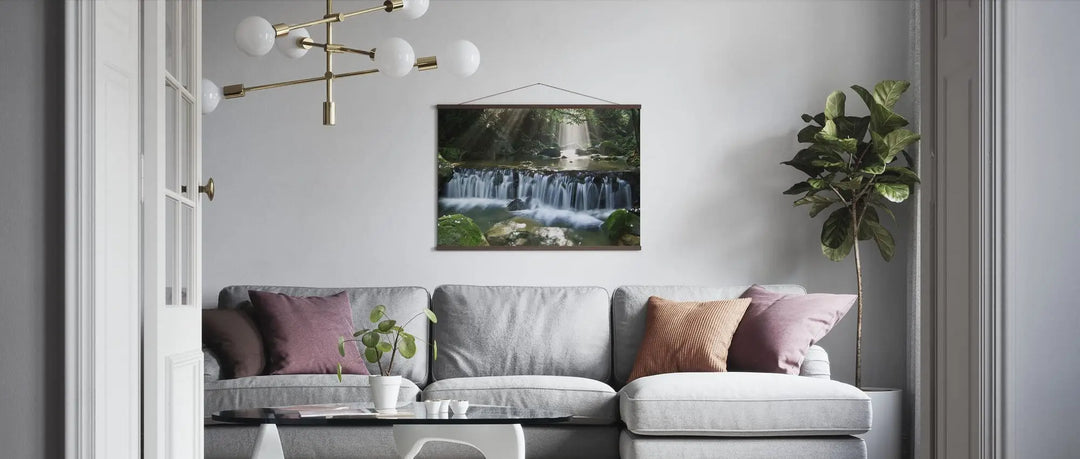
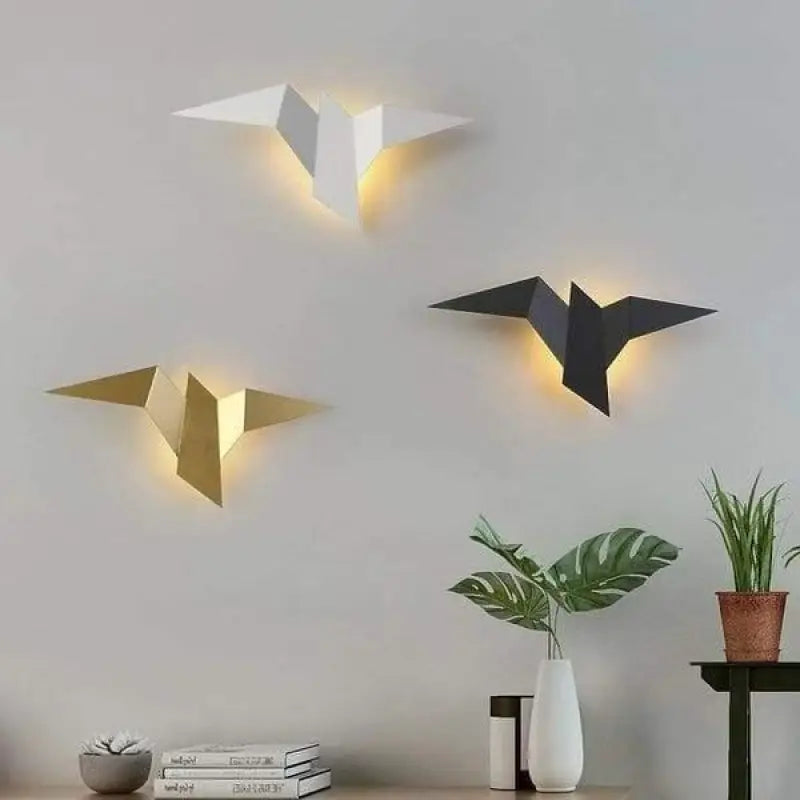
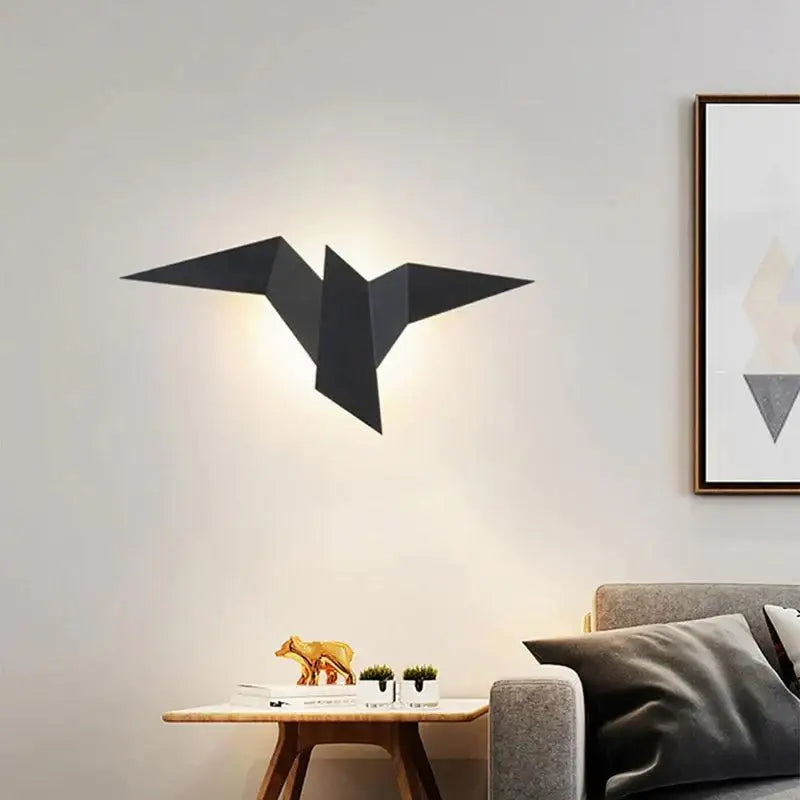
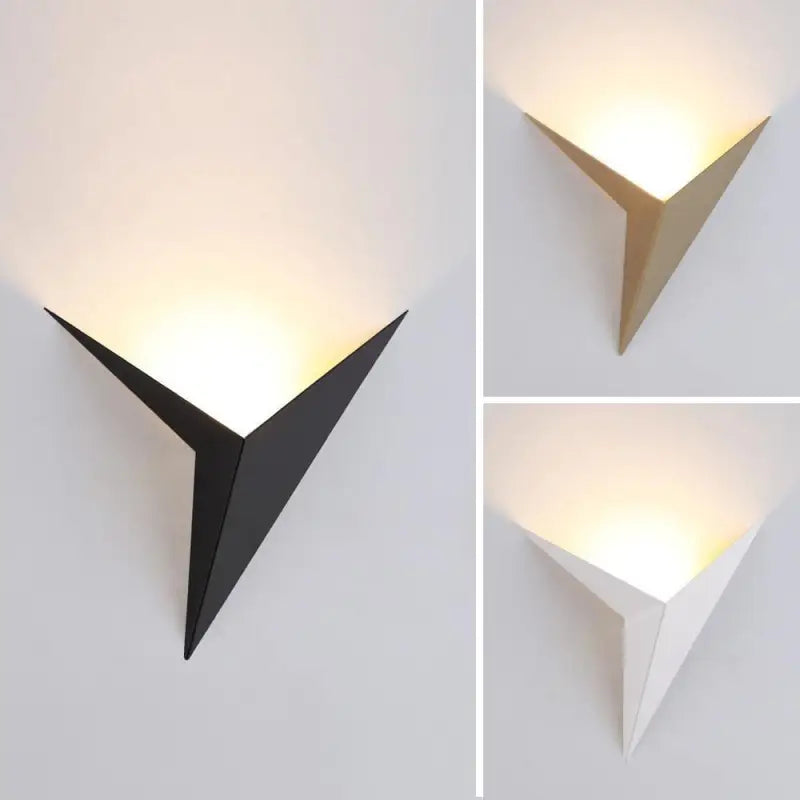
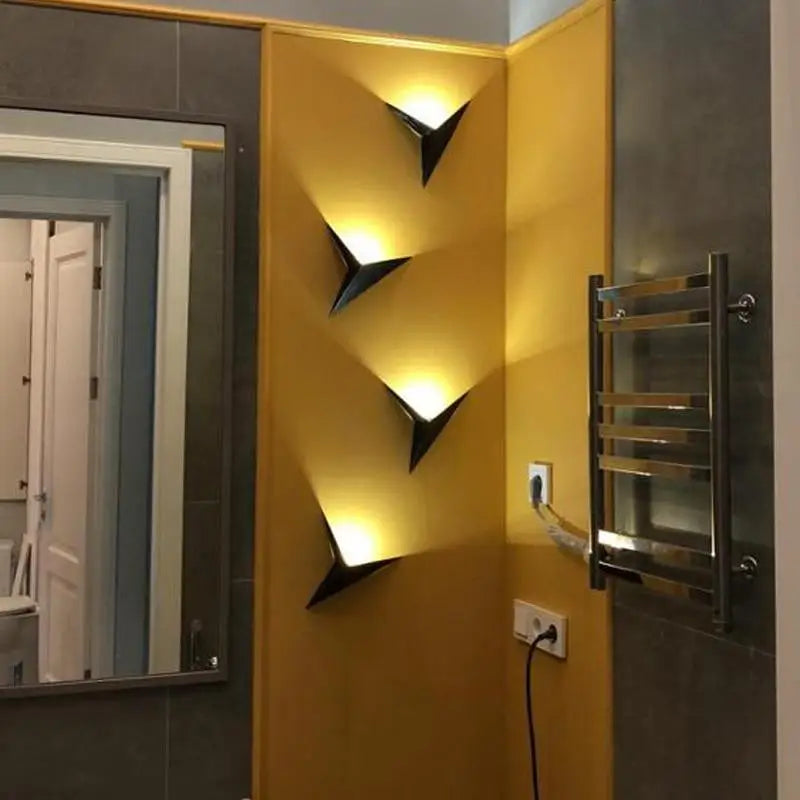
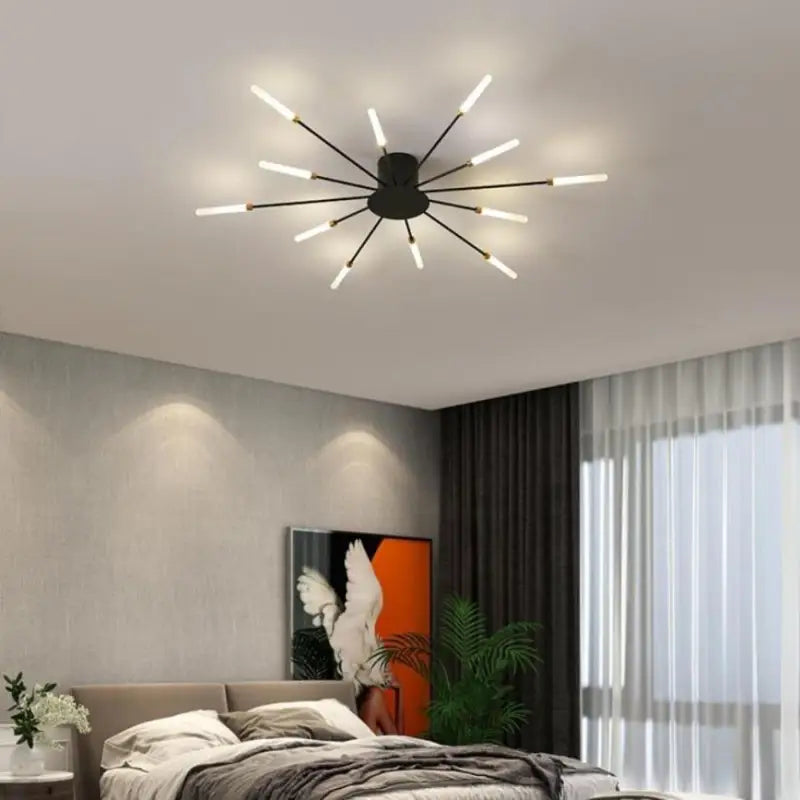
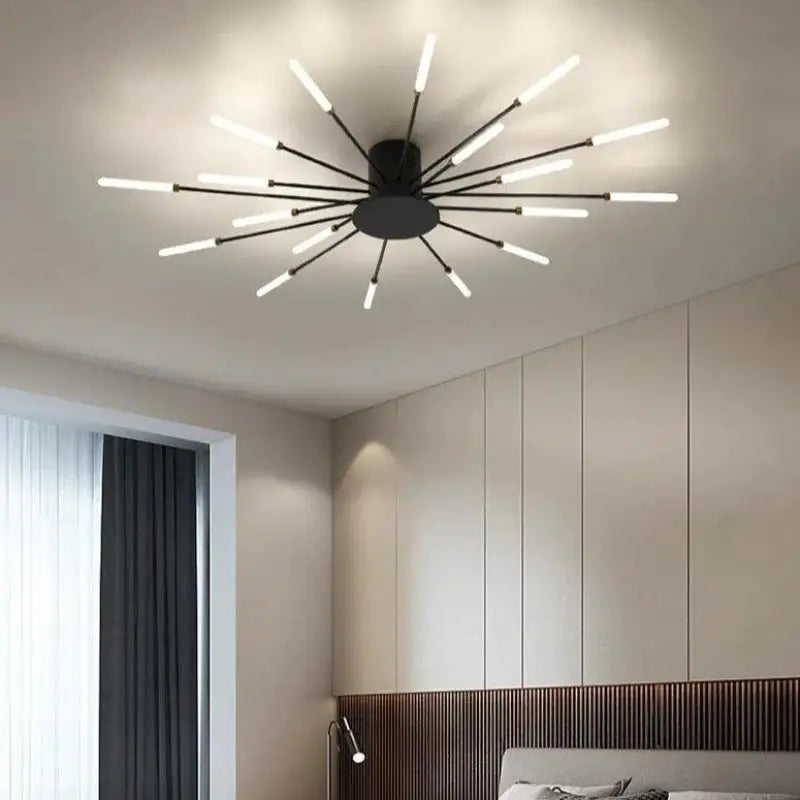
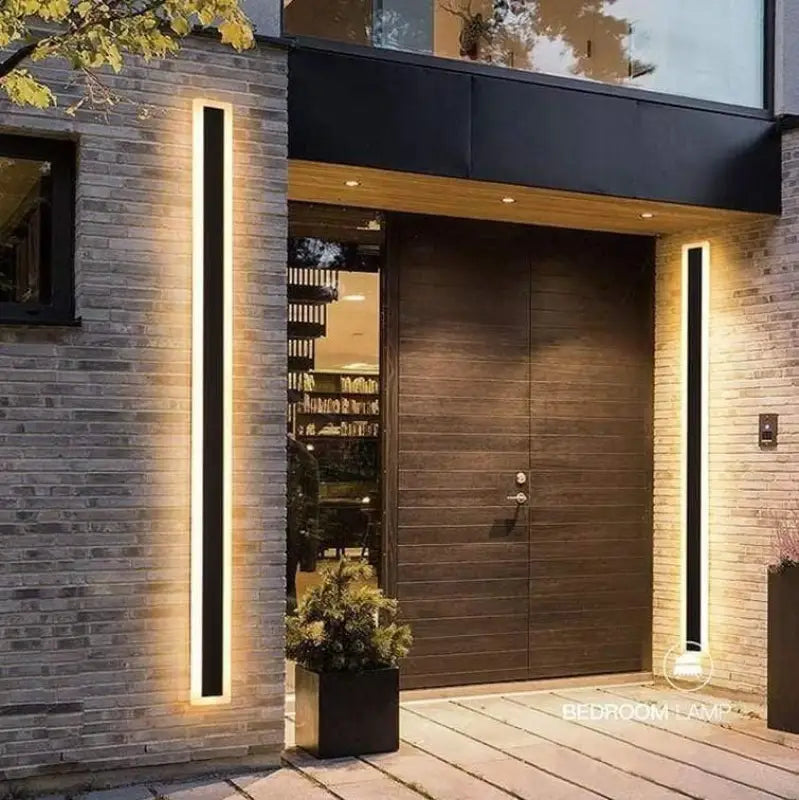
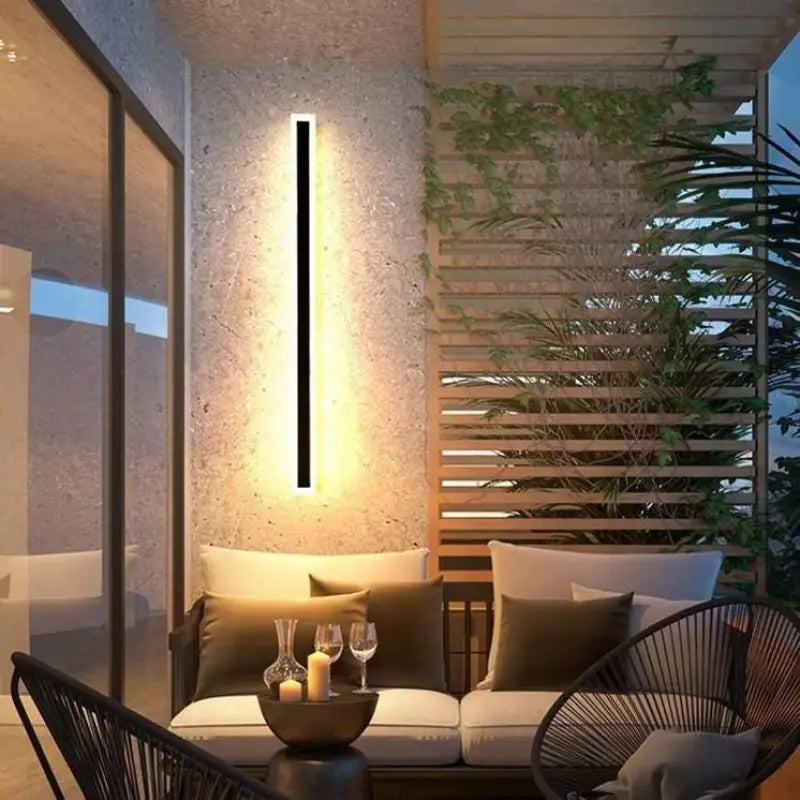
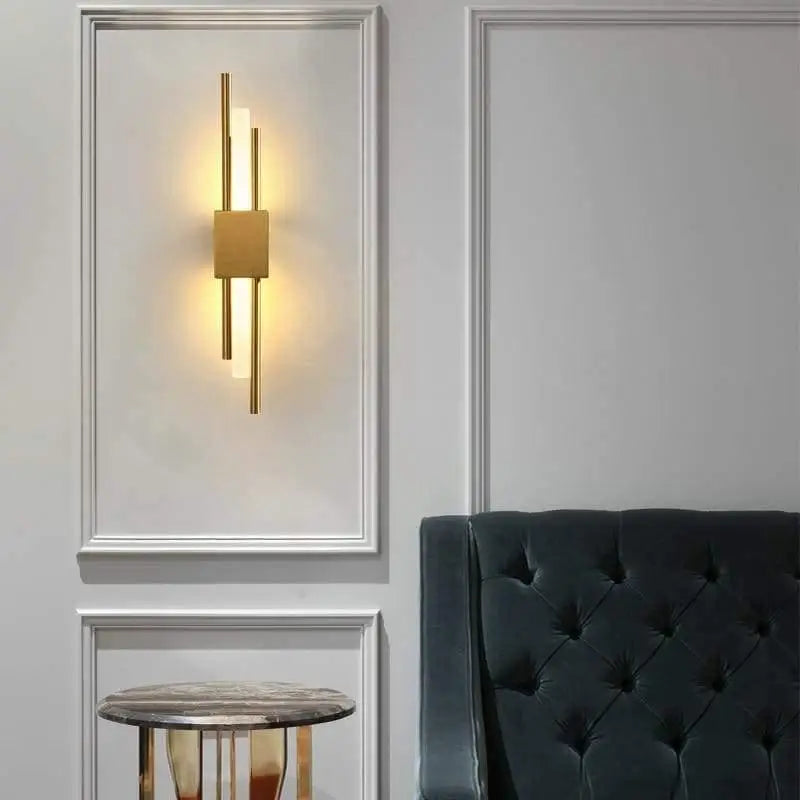
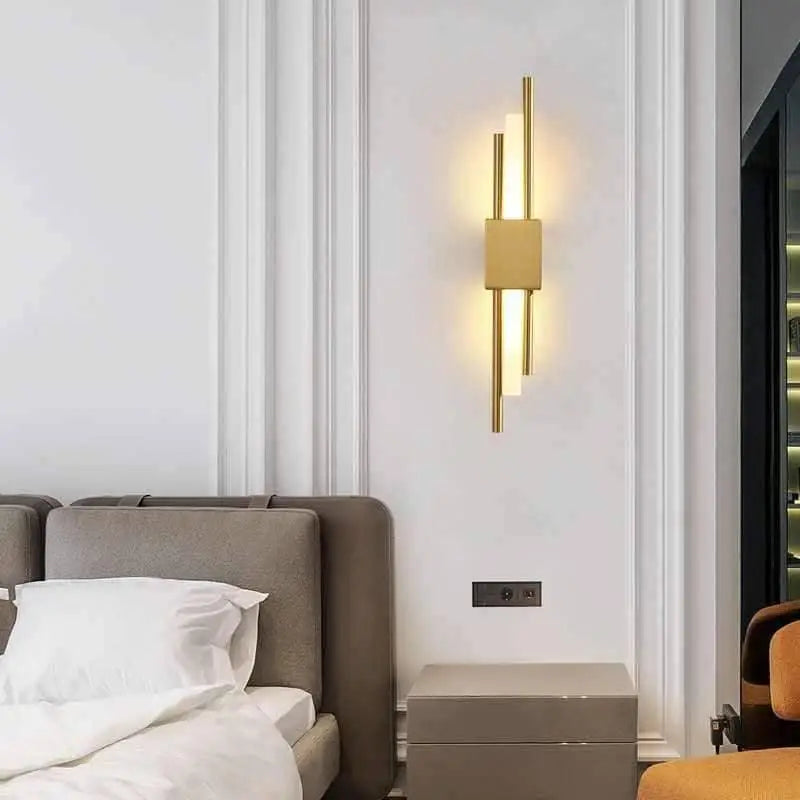
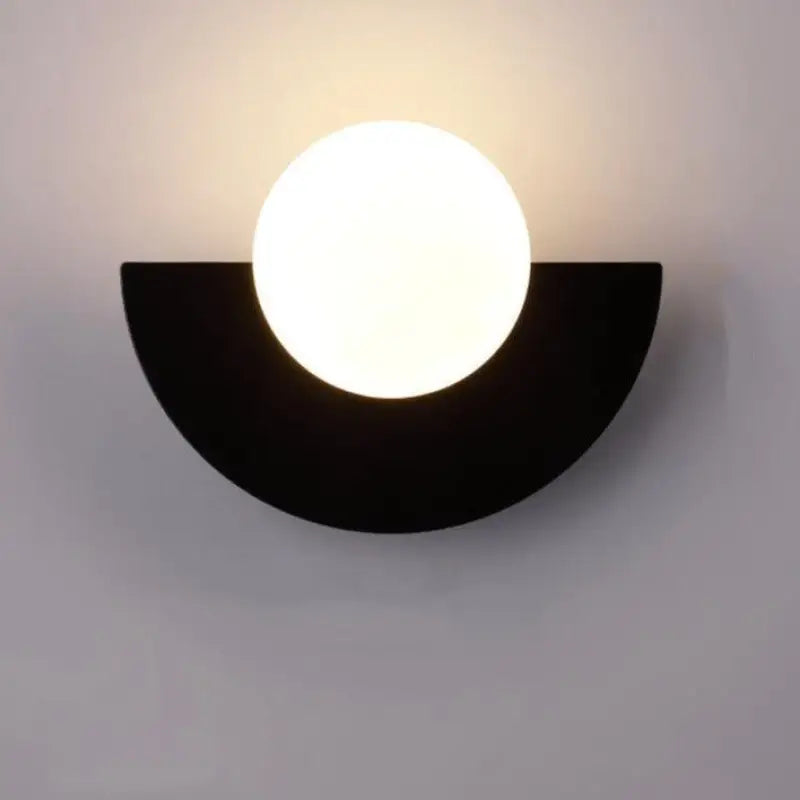
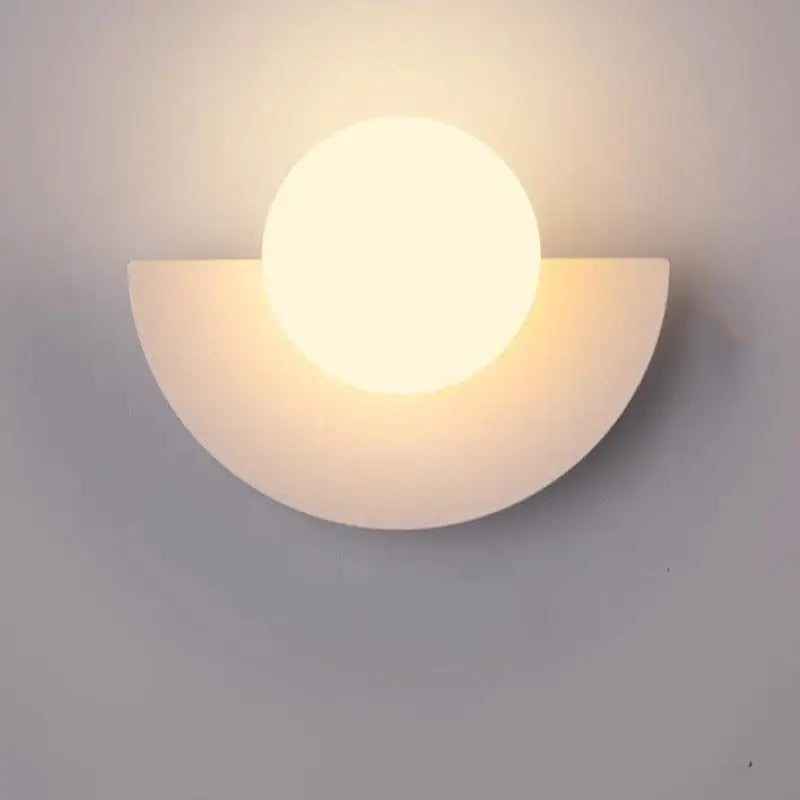
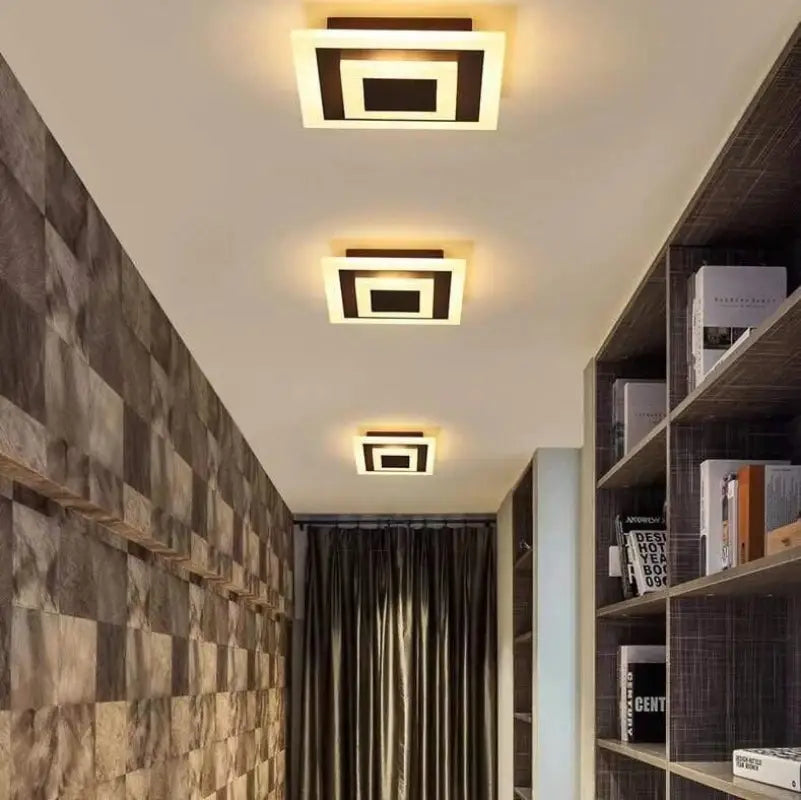
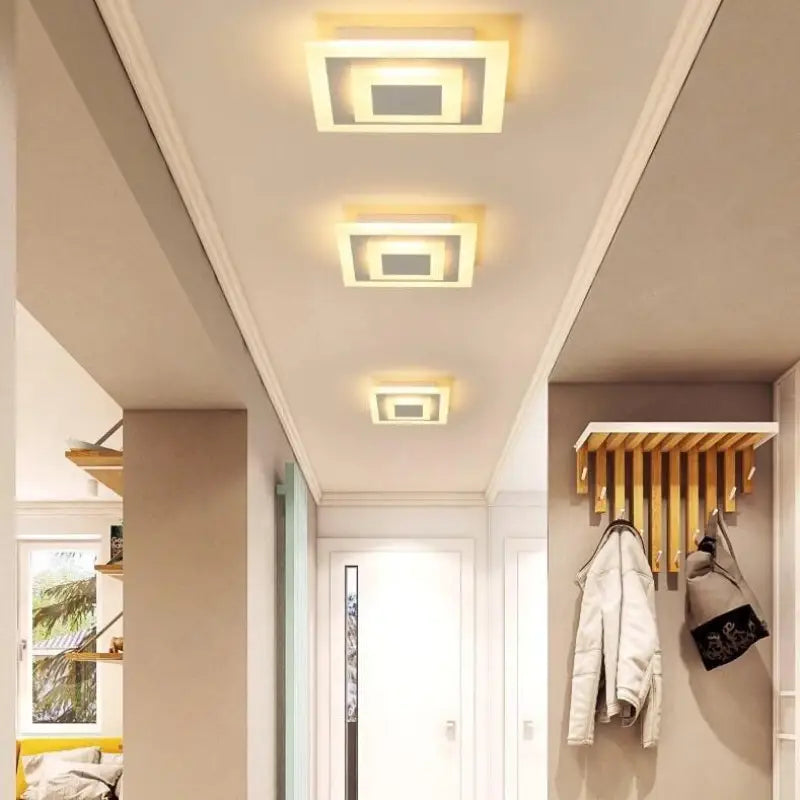
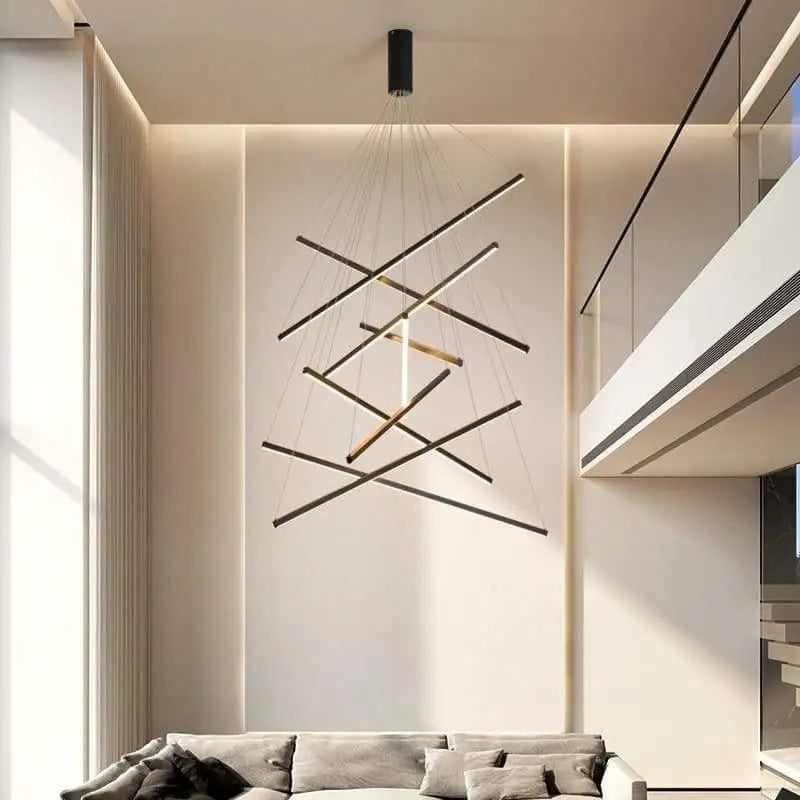
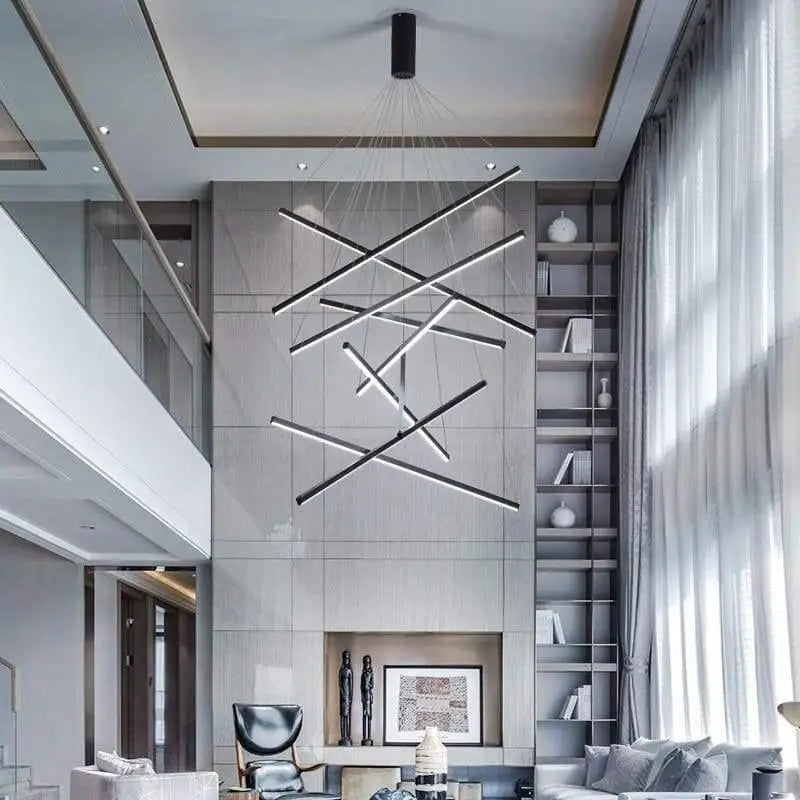
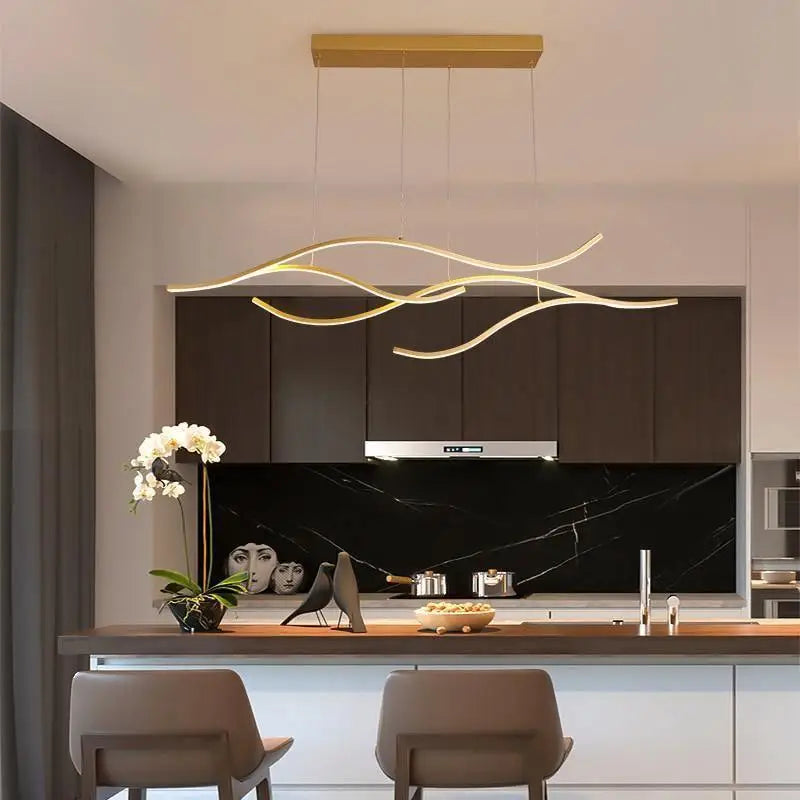
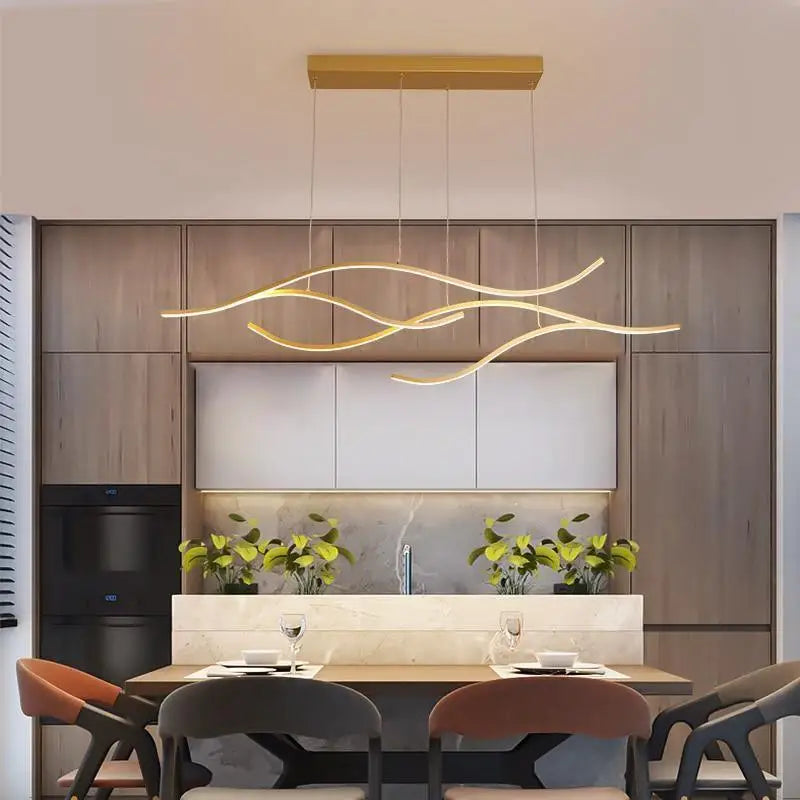
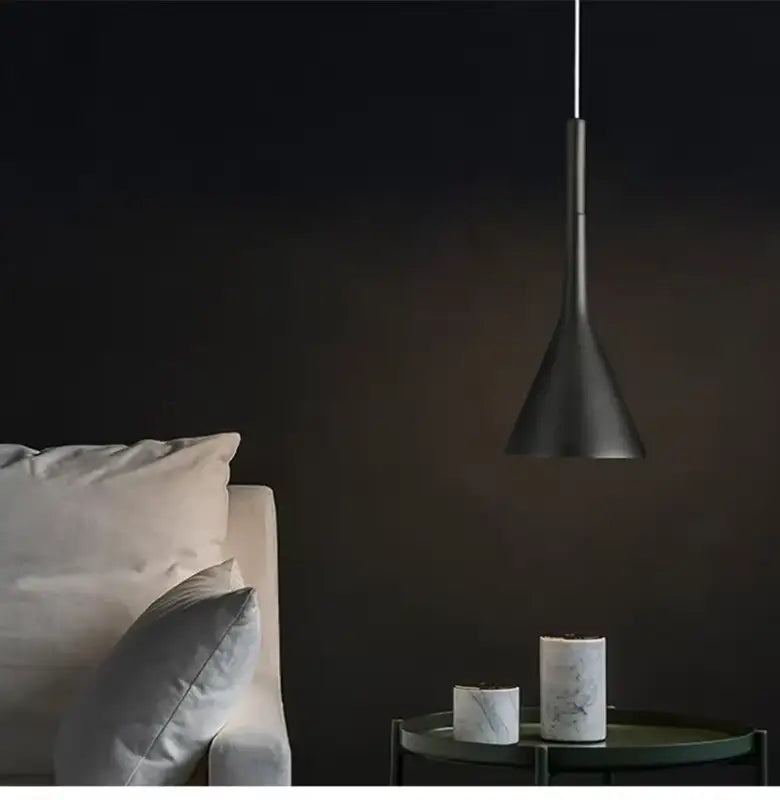
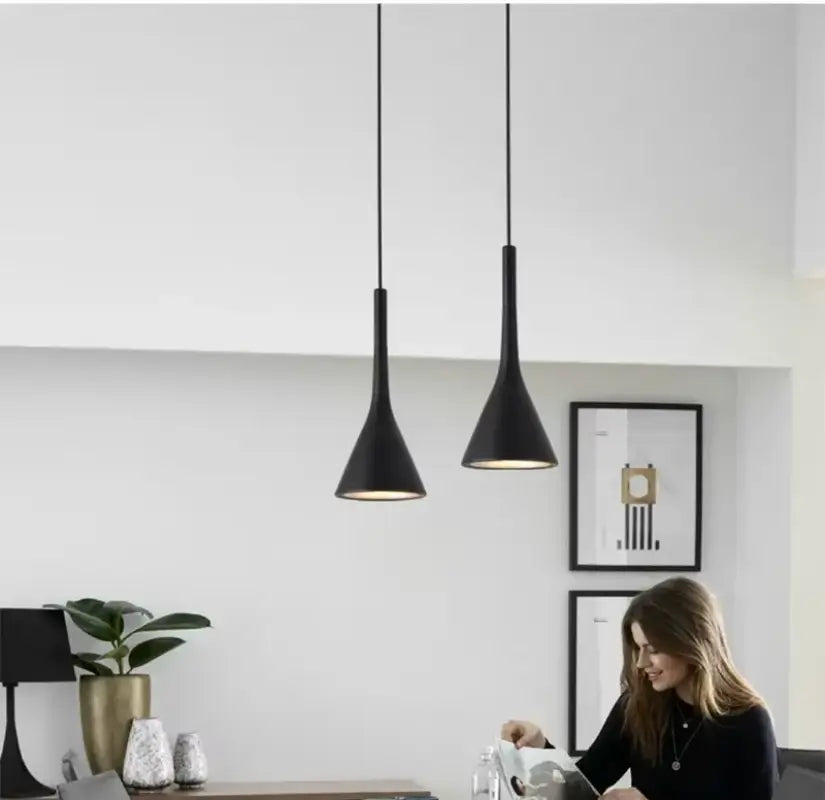
Leave a comment